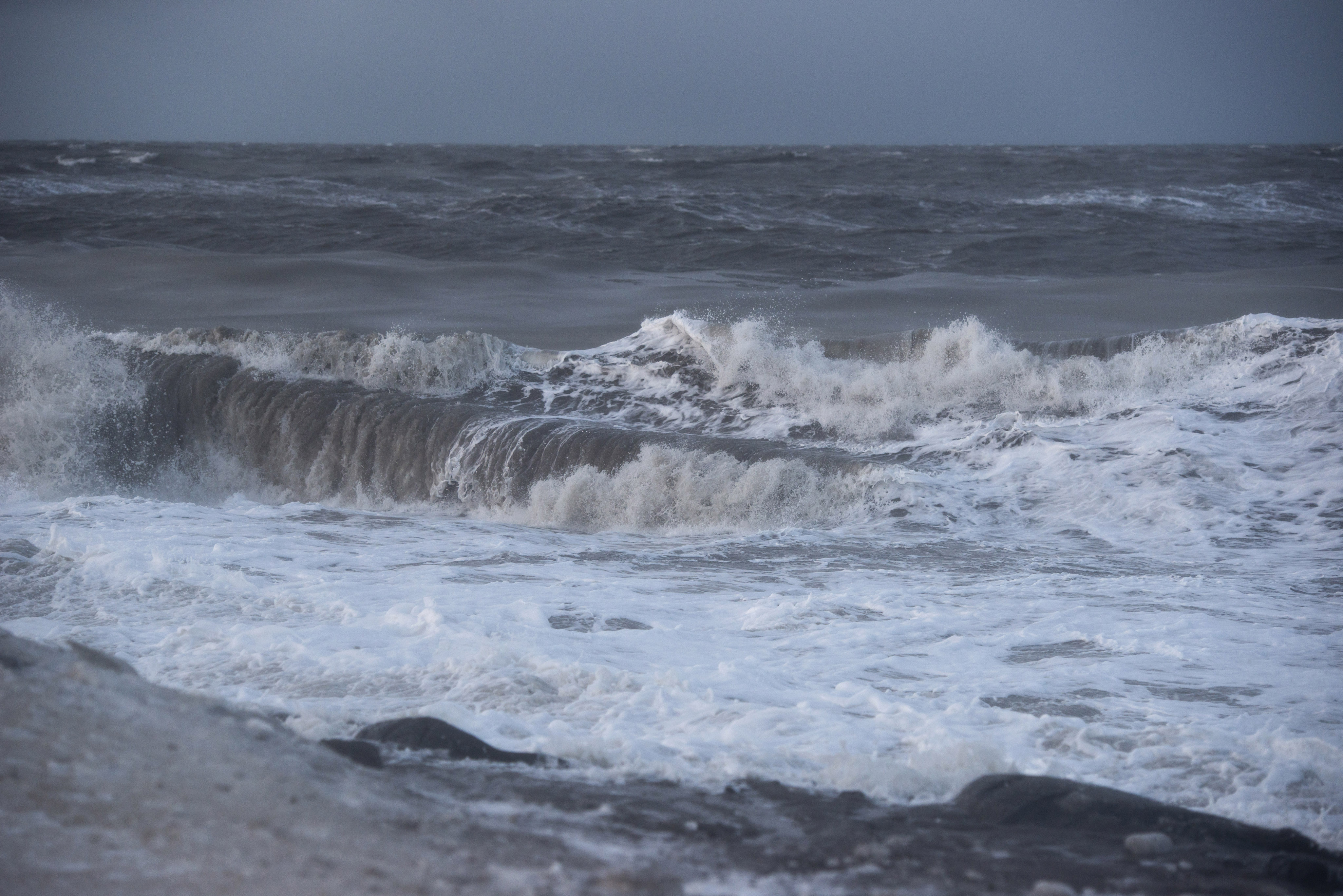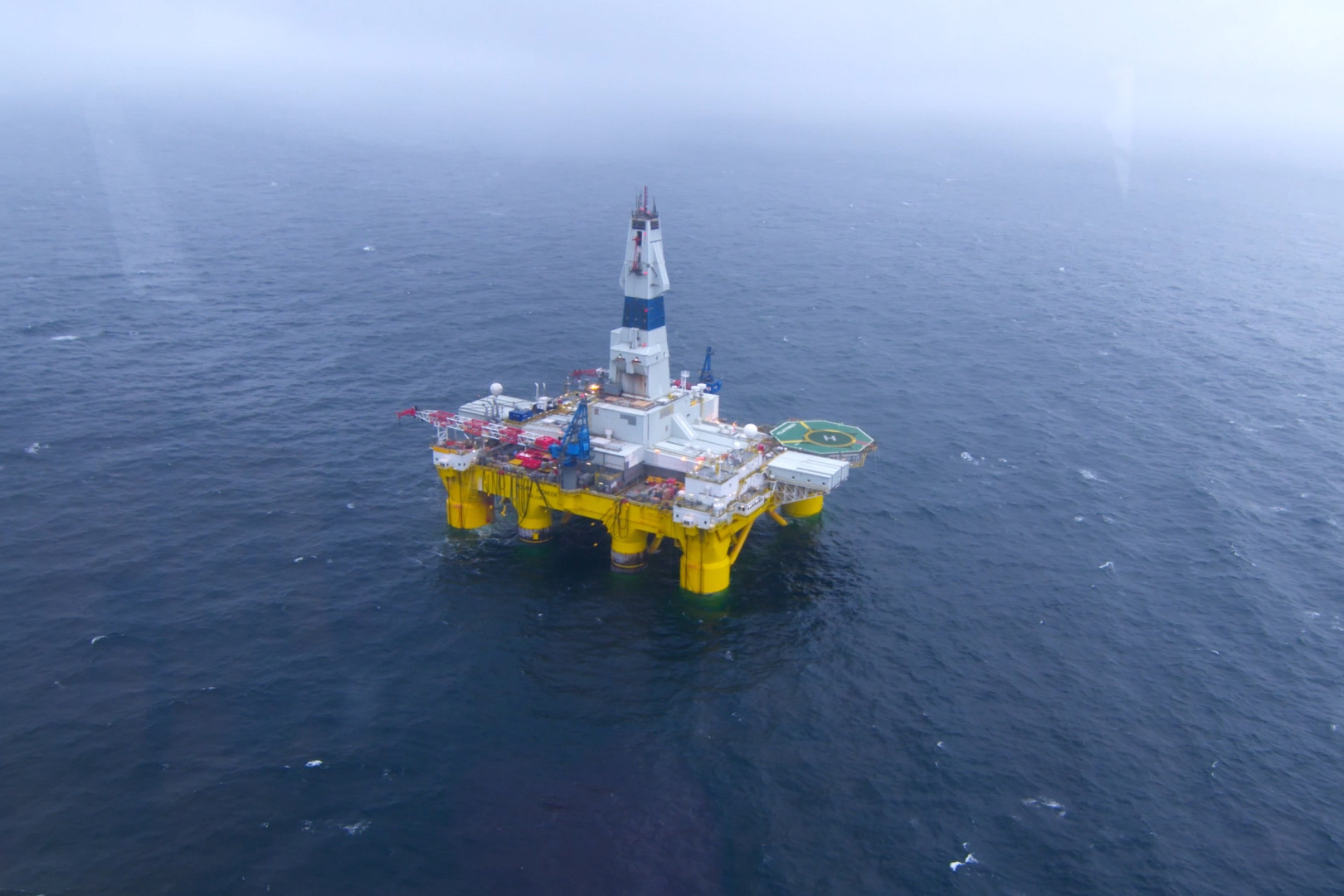The two problems with Trump’s offshore drilling push

President Donald Trump is moving forward with a campaign promise to reopen federal waters in the Atlantic, Pacific and Arctic oceans for oil and gas drilling.
But he and his administration still haven’t fully answered the question: How much interest is there, really, in opening these waters to fossil fuel exploration and exploitation?
On Monday, the Interior Department published notice in the Federal Register that it is seeking public comment on the effects offshore drilling would have on 26 areas in U.S. waters in the Gulf of Mexico, North Atlantic Ocean, Arctic Ocean and Pacific Ocean both off the coast of Alaska and the lower 48 states.
[Trump administration launches plan to boost offshore oil development in Arctic and elsewhere]
The “request for information” is the first step in formally unwinding the five-year plan for oil and gas drilling President Barack Obama put in place when he left office, which kept 90 percent of the outer continental shelf off limits as his administration sought to mitigate human impact on ocean life and reduce the emissions of planet-warming gases.
Last week, Vincent DeVito, Interior’s counselor for energy policy, countered that the Trump administration simply couldn’t leave creating potentially 300,000 jobs off the table.
The history: Although drilling rigs stood shoulder-to-shoulder along the beaches of southern California about a century ago, drilling on both the Atlantic and Pacific coasts has been suspended for more than three decades. The halt in drilling on those coasts is a result of the 1969 Santa Barbara oil spill, which soaked the coast and killed innumerable birds. The spill was a key catalyst for the modern environmental movement. Congress in 1982 started inserting a moratorium on Pacific and Atlantic drilling every year in the appropriations bill. In 1990, President George H.W. Bush issued a presidential directive banning offshore drilling outside the Gulf of Mexico and parts of Alaska. But President George W. Bush threatened to veto the appropriations bill in 2008 and the item was dropped. He rescinded his father’s directive and scheduled drilling off both the Atlantic and Pacific coasts in his final five-year drilling plan. Obama overturned that, however. He added new lease sales in federal waters of the Gulf of Mexico and allowed seismic work off parts of the Atlantic coast for possible leasing at a future date.

Efforts to drill in the Arctic Ocean, greenlighted by both the Bush and Obama administrations over the last two decades, were less successful. Two years ago, Royal Dutch Shell abandoned an effort to develop offshore leases in the Chukchi Sea after failing to turn up enough oil to justify the cost of drilling in the frigid and difficult-to-manage Arctic waters.
The present: Currently there are two hurdles facing the president in his push for more offshore drilling – one political, the other economic.
1. Bipartisan opposition to more offshore oil and gas drilling. A handful of politicians in Trump’s party, including Reps. Mark Sanford, R-S.C., Frank LoBiondo, R-N.J. and Vern Buchanan, R-Fla., have voiced support for or sponsored legislation, locking Obama-era offshore policy in place. These Republicans don’t want to see oil rigs in their constituents’ backyards, and risk backlash from any future spill due to a leasing push they backed. Plus, a local say in how nearby ocean waters are leased for exploration squares with the GOP ideology of states’ rights.
“Clearly, the coastal governors will have different views about where they want to see offshore development,” Katharine MacGregor, acting assistant secretary for lands and minerals management at the Interior Department, told a conference of offshore executives in May, according to the Houston Chronicle.
But she indicated her boss, Interior Secretary Ryan Zinke, may focus political fire at California, whose Democratic governor, Jerry Brown, also opposes drilling off his state’s shores. “The secretary has had quite a few questions about California, and other areas that seem to come up every time you talk about a five-year plan,” MacGregor said.
[Trump to call for US ‘dominance’ in global energy production]
2. The price of oil. Due to strong natural gas production onshore in the United States (among other reasons), a barrel of oil is currently selling for less than $50, despite recent gains. The same supply-and-demand forces that kept gasoline prices low even during peak driving times over the Fourth of July weekend are giving oil and gas companies less motivation to build expensive offshore rigs with cheaper-to-extract natural gas available onshore.
Or as The Washington Post’s Darryl Fears reported last week, “many oil companies balk at the massive investment in equipment needed to drill offshore when the price is lower than $85, analysts say.”
The price of petroleum, historically very volatile, could always rebound to the point of making offshore development economically viable. But so far, it doesn’t appear that the Trump administration has offered an expected future price spike as justification for the current “drill, baby, drill” push.
The Washington Post’s Steven Mufson contributed to this report.